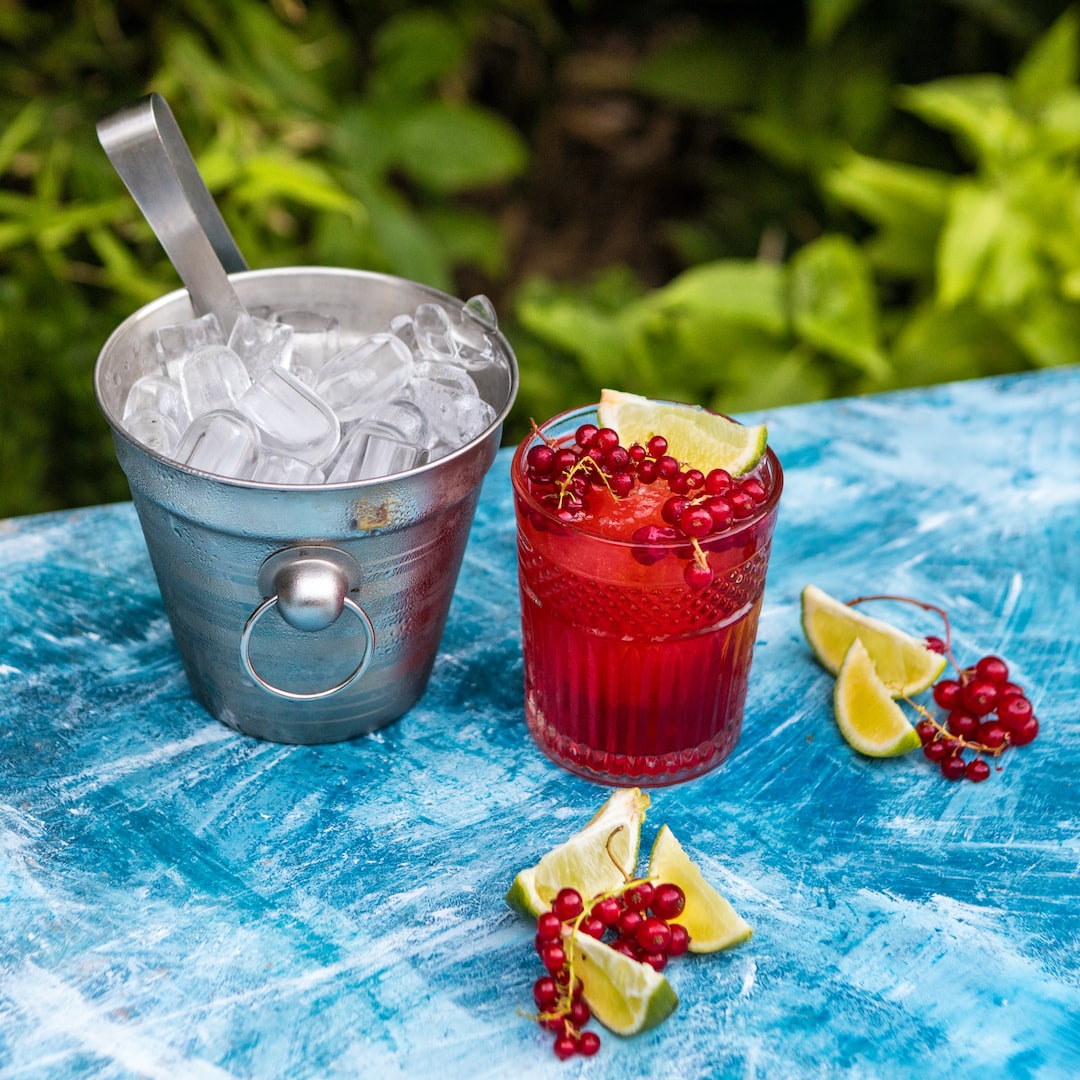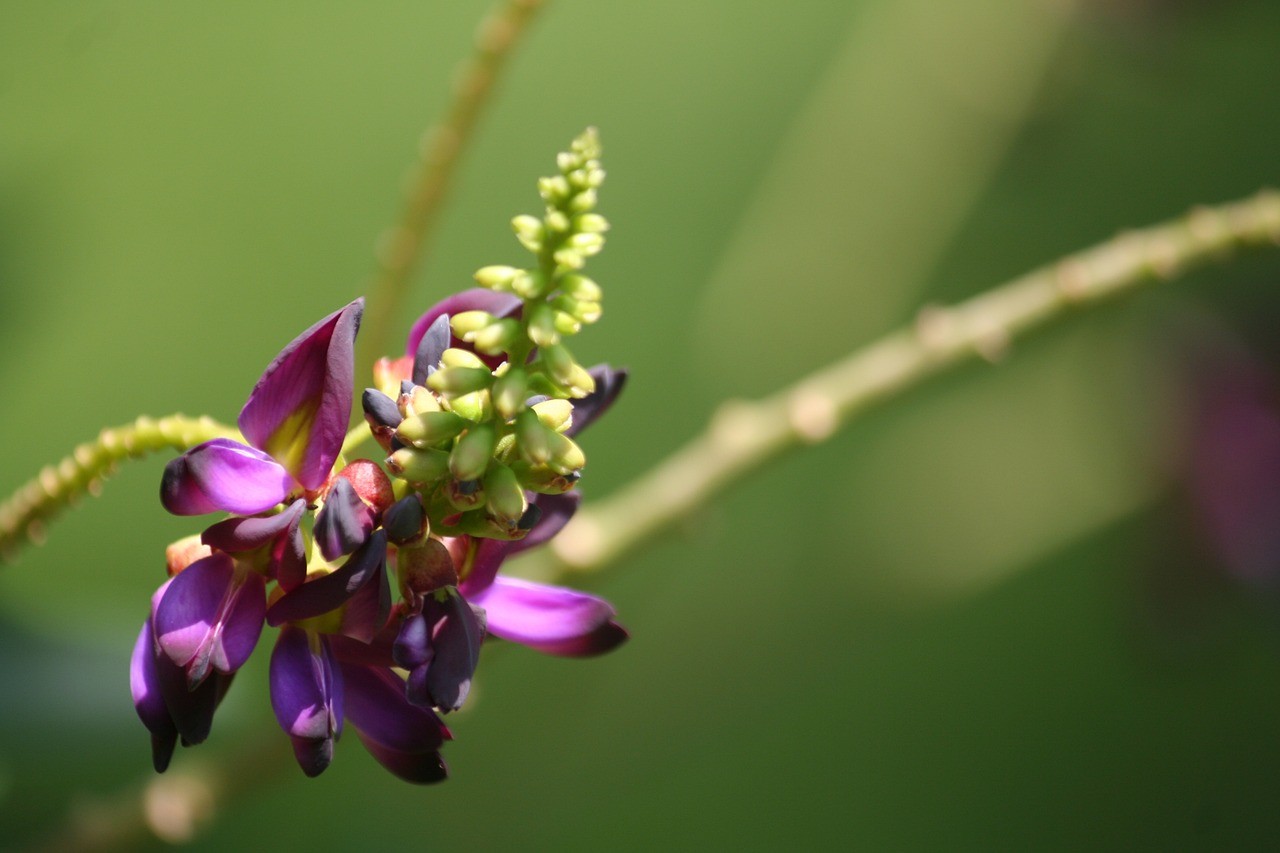Complete Lingonberry Guide: From Planting to Harvesting and Beyond
Updated on
November 29, 2023

Growing Lingonberry
Lingonberry is a small, tart berry native to Northern and Central Europe, often used to make jams, juices and other preserves. The berry is rich in vitamins C, B1 and B2, and is also high in antioxidants, calcium and phosphorus. Lingonberries have long been valued for their many health benefits, including being beneficial for digestion and helping to improve blood flow.
Follow us to keep learning!
Cheatsheet: Lingonberries from Planting to Harvesting and Beyond
Growing:
- Hardy perennial 🌱
- Requires well-drained soil 🌿
- Thrives in cold climates ☃️
- Plant in full sun ☀️
- Space plants 12-18 inches apart 📏
Pollination:
- Self-pollinating but benefits from cross-pollination 🌼
- Insects, bees 🐝, and wind aid pollination 🌬️
Harvesting:
- Harvest in late summer to fall 🍂
- Pick firm, fully colored berries 🍒
- Can be harvested by hand or using a comb 🖐️
Storage & Culinary Uses:
- Fresh berries last up to 2 weeks in the refrigerator ❄️
- Freeze for long-term storage 🧊
- Jam, sauce, juice, and baking ingredient possibilities are endless 🥞
- Pairs well with savory dishes and cheeses 🧀
Nutrition & Health Benefits:
- Rich in antioxidants 💪
- Abundant vitamin C content 🍊
- Supports heart health ❤️
- Boosts immune system 🛡️
Self-Sufficiency:
- Easily grown at home for a reliable supply 🏡
- Low-maintenance plant for self-sufficiency enthusiasts 🌱
- Preserving lingonberries reduces reliance on store-bought products 🍇
Growing Lingonberry: The Complete Guide
When it comes to berries, most people immediately think of strawberries or blueberries. But have you ever considered planting lingonberries in your garden? These little red jewels may not be as well-known, but they are a delightful addition to any landscape. In this comprehensive guide, I will take you through every step of growing lingonberries, from planting to harvesting and beyond.
1. Choosing the Right Variety
Before we dive into the nitty-gritty, let's talk about choosing the right lingonberry variety. One popular choice is the Vaccinium vitis-idaea variety, also known as the lowbush lingonberry. This variety is perfect for gardeners who live in colder climates, as it is more cold-hardy than its highbush cousins. It's important to select a variety that suits your specific growing conditions.
2. Preparing the Soil
Now that you have chosen the right variety, it's time to prepare the soil. Lingonberries thrive in acidic soil with a pH between 4.0 and 5.5. If your soil pH is higher, you'll need to amend it with organic matter or sulfur to bring it down to the desired range. Additionally, lingonberries prefer well-draining soil, so consider adding compost or sand to improve drainage.
3. Planting Lingonberries
Planting lingonberries is an exciting step in your gardening journey. First, choose a sunny spot in your garden that receives at least six to eight hours of direct sunlight per day. Dig a hole twice as wide and deep as the plant's root ball, ensuring there is enough space for the roots to spread. Place the plant in the hole, backfill with soil, and gently pat it down.
4. Watering and Mulching
Proper watering is essential for lingonberries. They prefer consistently moist soil, but avoid overwatering as it can lead to root rot. Mulching around the plants with a layer of straw or pine needles can help retain moisture and suppress weed growth. Remember to water the plants deeply, especially during dry spells, and check the soil moisture regularly.
5. Fertilizing and Pruning
To encourage healthy growth and a bountiful harvest, fertilize your lingonberries in early spring with a balanced organic fertilizer. A good rule of thumb is to apply one pound of fertilizer per 100 square feet of planting area. In terms of pruning, lingonberries generally require minimal maintenance. Remove any dead or damaged branches, and trim back the tips of long, leggy growth to promote bushier plants.
"Did you know? Lingonberries are packed with antioxidants and vitamin C, offering numerous health benefits. These tart berries can boost your immune system and improve overall well-being!"
6. Harvesting and Uses
After patiently nurturing your lingonberry plants, it's time to reap the rewards! The berries ripen in late summer to early autumn, turning a deep, vibrant red. Gently pluck the ripe berries from the plant, being careful not to disturb the unripe ones. Once harvested, lingonberries can be used in a variety of delicious recipes, from jams and jellies to pies and sauces.
7. Winter Care
Lingonberries are hardy plants that can withstand cold temperatures, but a little extra care during the winter months can ensure their survival. Mulching around the base of the plants with straw or pine needles will provide insulation and protect the roots from freezing. Additionally, consider covering the plants with burlap or frost blankets when temperatures drop significantly.
Now that you have the complete guide to growing lingonberries, it's time to put your knowledge into action and start your own lingonberry garden. These little berries will not only bring a burst of flavor to your meals but also add an enchanting charm to your outdoor space. Happy gardening!
Frequently Asked Questions
1. What are the ideal growing conditions for lingonberries?
The ideal growing conditions for growing lingonberries include acidic soil, adequate sunlight, and well-draining soil.
2. Can I grow lingonberries in containers?
Yes, lingonberries can be grown in containers as long as they have enough space for their shallow roots and proper drainage.
3. How often should I water lingonberries?
Water lingonberries regularly, aiming to keep the soil consistently moist but not waterlogged.
4. When is the best time to plant lingonberries?
The best time to plant lingonberries is in the spring or fall when the temperatures are mild.
5. How long does it take for lingonberries to mature?
Lingonberries typically take about 2 to 3 years to reach full maturity and start producing abundant berries.
6. How do I protect lingonberry plants from pests?
Protect lingonberry plants from pests by using netting or row covers and removing any infested leaves or berries promptly.
7. How should I prune lingonberry plants?
Prune lingonberry plants by removing any dead or diseased branches and promoting air circulation within the plant.
Lingonberry is a fantastic choice for anyone interested in growing a fruit crop in their garden. It is a short, deciduous evergreen shrub that is hardy in most climates and produces a tart, juicy fruit. It is low maintenance and can be successfully grown in containers or directly planted in the ground. Lingonberries are also a good source of nutrition, are rich in antioxidants, and can improve heart health, reduce inflammation, and have anti-cancer properties.





